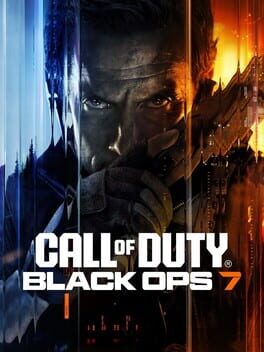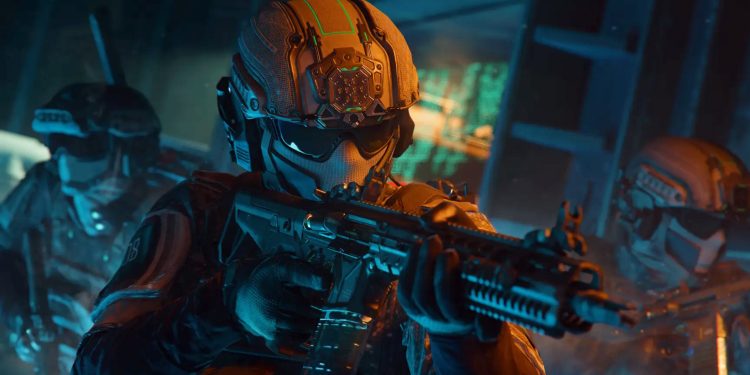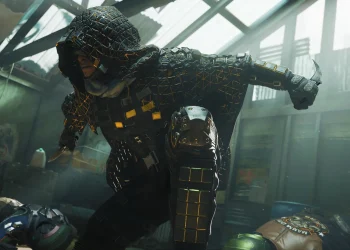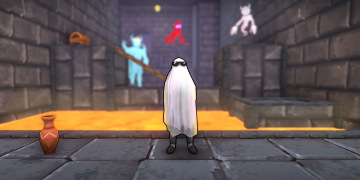Black Ops 7 shipped with 19 multiplayer maps and two Zombies maps, and the reaction has been mixed. A handful of arenas, most notably Hijacked and Flagship, keep triggering the same complaints: cramped flow, frustrating spawns, and visual clutter that hides gameplay problems. At the same time, larger Skirmish stages like Tide and Edge show how the game plays best when space forces strategy rather than twitch reflexes.
Which maps draw the most heat
Hijacked is the most frequently criticized map. Its tiny combat envelope, narrow corridors, and underground passages turn objective modes into spawn-fests and Team Deathmatch into roulette. Players often spawn into immediate sightlines, which amplifies frustration and reduces meaningful decision making.
Flagship suffers from the opposite problem in presentation but the same problem in practice. Machinery and moving map elements create concentrated choke points where one or two weapon types dominate. The layout funnels combat into predictable lanes and punishes players who try to use anything other than close-quarters loadouts.
Blackheart and The Forge are examples of maps that try to sell a near-future aesthetic and end up creating visual noise. They pack the stage full of neon panels, rotating geometry, and shifting set pieces. That spectacle looks impressive in screenshots but frequently harms readability and balance in live play.
The best responses from the community point to the Skirmish maps. Endgame mode and its large arenas already force players into diverse roles. Tide and Edge are praised because they mix open approaches with enclosed fight zones, which creates moments for snipers, run-and-gun players, and support roles to coexist. Those maps reward planning, sightline control, and teamwork rather than pure reaction time.
Practical fixes that could help the weakest maps
- Rework spawns so players do not materialize directly into enemy sightlines. Small maps need tighter spawn protections and more randomized spawn vectors.
- Open artificial choke points by adding secondary routes and destructible cover, which breaks up funnelled combat and gives players meaningful choices.
- Tone down visual clutter on hyper-futuristic maps. Remove flashy billboards and moving props that mask players and make long-range engagements unreliable.
- Balance weapon roles with minor geometry or cover adjustments so SMGs do not steamroll every encounter on a map designed for objectives.
- Add verticality and sightline breaks to small maps, which creates opportunities for tactical positioning rather than constant corridor slogs.
- Playtest objective placements in live rotation and adjust scoring zones so objective modes do not collapse into spawn camping or instant captures.
Small tweaks can dramatically alter how a map feels. Adjusted spawns and a few new flanking routes turn frustration into meaningful chess-like decisions. Less visual noise improves readability, which in turn reduces random deaths and highlights player skill. When Black Ops 7 lets matches breathe, the game produces the tactical moments that players praise in Tide and Edge.
Leave a comment with your worst Black Ops 7 map picks and follow the team on X, Bluesky, and YouTube for more on maps, balance, and esports coverage.
Call of Duty: Black Ops 7
Developed by Treyarch, Raven Software


























